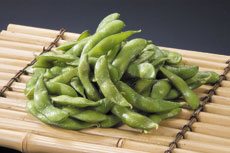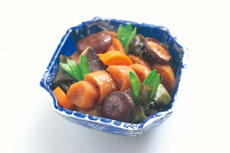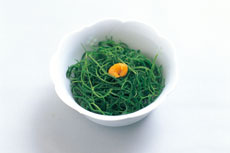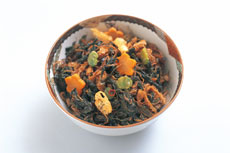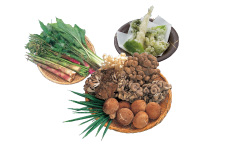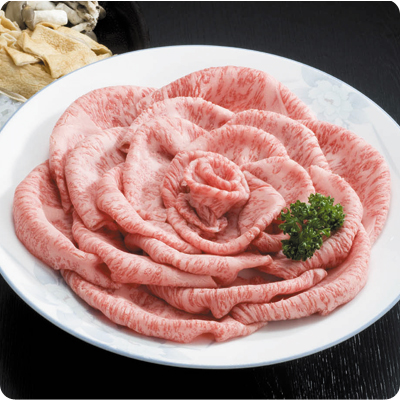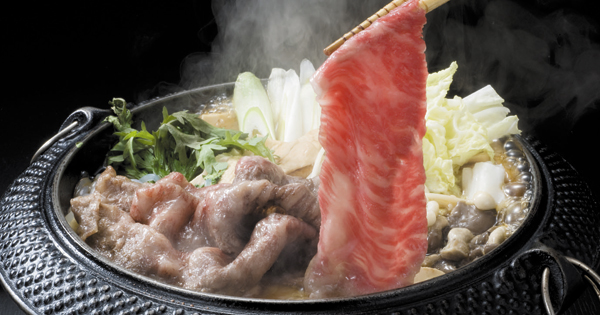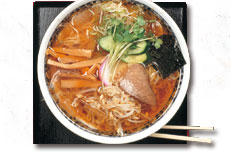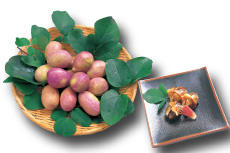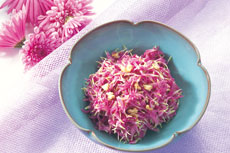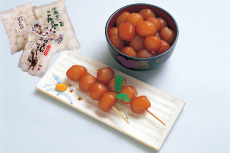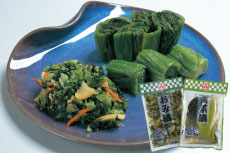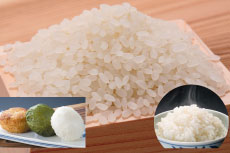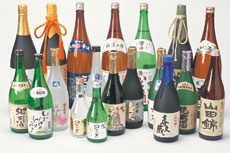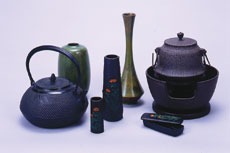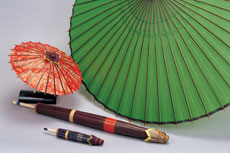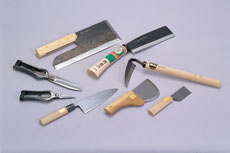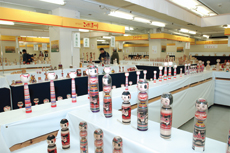YAMAGATA SOBA NOODLES
Even in Yamagata Prefecture. the kingdom of soba .the number of soba restaurants is particularly high in the city of Yamagata compared with other parts of the prefecture. Enjoy the various types of soba noodles with a distinctive taste in Yamagata, including ita soba (soba served on a big flat plate), meat soba, sarashina soba and yamamen kanzarashi soba (available only in spring) produced by putting soba noodles in icy streams and then drying them in the cold wind. Relive the rich, satisfying taste of soba noodles with dried soba noodles, very popular as a souvenir.
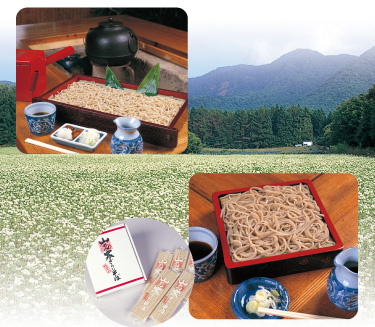
Ita Soba
Kanzarashi Soba
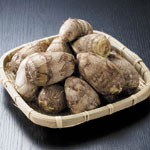
Akuto taros
TRADITIONAL
YAMAGATA
VEGETABLES
Grown since years long past and still used in local dishes, these vegetables include Yamagata red-root spinach, Zao pumpkins, Akuto taros, Yamagata green spinach, saltwort and horikomi parsley.

THE FLAVORS OF
ZAO HOT SPRINGS
Try local favorites like fresh wild mountain vegetables and Yamagata Beef, or savor the sweet, high quality fat of Zao Beef Cuisine. How about jingiskan, the famous lamb dish born right here and named for Jingisukan (griddle cooked lamb) Or if all that's not enough, get a sample of Yamagata's great local ingredients in a hearty hot-pot. For a souvenir, we recommend iga mochi: bite-sized sticky rice cakes filled with adzuki bean jam and served on a bamboo leaf.
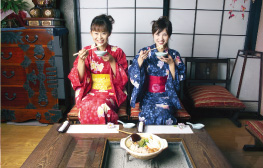
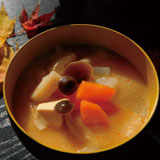
Hot pot
Jingisukan
Zao Beef Cuisin
Karakara soup
DASHI
Just mix finely chopped cucumber with other fresh summer vegetables and spread on rice or tofu to raise an appetite.
DADACHA BEANS
These unusual soybeans are produced in one corner of Tsuruoka City. They are a delicacy known for their unique sweetness and aroma.
DISHI WITH
SHIMI-DAIKON
Shimi-daikon is daikon dug up from under deep snow, peeled, then dried. This traditional local dish is made by boiling shimi-daikon together with dried herring and dried peas, and seasoned with soy sauce and sugar. The taste of Grandma's food, full of the wisdom of the snow country.
SALTWORT
Travelers on the Mogamigawa River brought saltwort to Yamagata at the beginning of the Edo Period. The thin saltwort leaves look like pine needles or hijiki seaweed. Delicious when simply boiled, and served with a soy sauce and mustard dip.
DRIED PURSLANE
A prolific weed that easily spreads over the ground, purslane is nutritious and good to eat. Fry dried purslane with deep-fried tofu, dried peas, carrots, etc.; season with soy sauce, sake and sugar.
WILD MOUNTAIN VEGETABLE CUISINE
Edible wild plants are plentiful in the hills and high-lands of Yamagata from spring through fall. Try some parboiled batter fried as tempura, or in soup.
YAMAGATA BEEF
Yamagata's high-quality marbled beef is soft and mellow. Enjoy it in sukiyaki, shabu-shabu, or as a steak.
TARO SOUP
Yamagata's local soy sauce-based hot-pot is delightfully tasty and fragrant with taro, beef, konnyaku, leeks, and more.

THE FLAVORS OF YAMADERA
Yamadera's most famous sweets include morokoshi and Ennin-san. The former are biscuits handmade with traditional methods. The latter, named for Yamadera's reputed founder, are two layers of sticky rice (mochi) wrapped around a core of adzuki bean jam; the inner layer is flavored with mugwort, the outer with less glutinous white rice paste.
COLD RAMEN
It all began here in Yamagata. Chewy noodles float with ice cubes in a simple, understated soup. Yum.
RAMEN
Yamagata is Japan's number one ramen consumer. Try a traditional soy sauce-based soup, or get a little more adventurous at one of the many great noodle shops around.
AKEBIA DISHES
In Yamagata, the skin, rather than the flesh is preferred. As for the pulp: aemono, tempura, tsumemono.... A slight bitterness that adults like, and imbued with the taste of late autumn.
NATTO SOUP
Konnyaku, tofu, and taro petioles are mixed with finely chopped natto (fermented soybeans) in this miso-flavored soup. Especially popular in winter.
MOTTENOHOKA
These light pink, edible chrysanthemums are crispy and possess a delicate aroma. Great parboiled in vinegar-based sides, and with sesame dressing.

KONNYAKU BALLS
Known as "tamakon" by the locals, these soy sauce-flavored konnyaku balls are available at events everywhere, Zao Hot Springs, Yamadera, and more. They make a great souvenir, too.
DONDONYAKI PANCAKE
Fry a thin layer of a flour and water mixture on a hotplate, sprinkle with bits of tempura and fish paste, then roll onto a stick. A choice of Worcestershire sauce or soy sauce. Characterized by a soft, but slightly chewy texture.
PICKLES
Healthy greens harvested in late fall are crispy and refreshing when pickled. Chopped together with daikon, carrots, and other veggies they're also great in a mix called omizuke. And don't forget the steaming bowl of rice and a hearty appetite.
RISE
Haenuki, the brand of rice grown in the fine environment of Yamagata with special care, was ranked as highest grade “Special A” for its taste, for the 14th consecutive year, by the Japan Grain Inspection Association, in 2007.
SAKE
With plentiful fresh water and fantastic rice, it's no surprise that Yamagata is home to many famous local sake producers, many with long and storied histories to accompany their fine beverages.
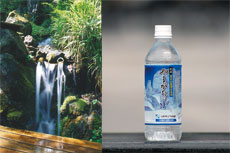
WATER
Spring water flowing down from the mountain ranges of Zao, Asahi and Iide, and volumes of groundwater flowing through the city has fostered Yamagata’s affluent culinary culture as in brewing sake and soy sauce, and making miso paste. Even Yamagata tap water is reputed to be tasty.

FRUIT
Yamagata is a paradise of fruit, from the luscious cherries of early summer to the delicately rich fragrance, light sweetness, and melt-in-your-mouth texture of autumn’s La France pears. And don’t forget the excellent apples, grapes, and everything else Yamagata has to offer.

Cherries
La France pears
Apples
Grapes
"YAMAGATA MADE"
Months of harvest
Cherries: JUN - JULY
Grapes: JULY - SEPT
La France pears: OCT - NOV
Apples: OCT - NOV


sweet green peas
Noshiume
Rusks
Rice dumplings
fruit jellies
Pancakes with
sweet bean paste
Dried persimmons
Sugar coated nuts
Milk cakes
CONFECTIONS
A lot of confections are produced in Yamagata, including traditional sweets such as sweet green peas and noshiume with the fragrance of plums; Japanese confections such as rice dumplings, pancakes with sweet bean paste, and dried persimmons; western confections such as fruit jellies and rusks; and mass produced sweets such as sugar coated nuts and milk cakes. Enough to satisfy even the sweet-toothed folk of the city of Yamagata.
EDGED-TOOL MANUFACTURE
Edged-tool manufacturing is said to have started in Yamagata after the arrival of Kaneyori Shiba when his blacksmiths formed a community. Yamagata's edged - tool manufacturing technology, succeeding to the traditional sword forging techniques, is highly acclaimed.
TRADITIONAL KOKESHI DOLLS
Yamagata City's Traditional Kokeshi are grouped into several lineages depending on the location and training of the artisans who create them: Yamagata, Sakunami, and Zao Takayu.
YAMAGATA UMBRELLAS
Production of umbrellas started in the Edo Period, promoted by the Mizuno Domain government. At one time, Yamagata made more umbrellas than anywhere else in the Tohoku region, but now only one place produces the original handmade umbrellas, which impart a Japanese sentiment.
EDGED-TOOL MANUFACTURE
Edged-tool manufacturing is said to have started in Yamagata after the arrival of Kaneyori Shiba when his blacksmiths formed a community. Yamagata's edged - tool manufacturing technology, succeeding to the traditional sword forging techniques, is highly acclaimed.
TRADITIONAL KOKESHI DOLLS
Yamagata City's Traditional Kokeshi are grouped into several lineages depending on the location and training of the artisans who create them: Yamagata, Sakunami, and Zao Takayu.
YAMAGATA CITY TRADITIONAL CRAFT FESTIVAL
Yamagata Cast Iron and Buddhist Altars are among Yamagata City’s crafts which are on display and for sale.
MICHINOKU KOKESHI FESTIVAL
Traditional kokeshi dolls and other wooden toys are gathered together. There is a kokeshi doll contest, a display of making kokeshi dolls, and sales of dolls.
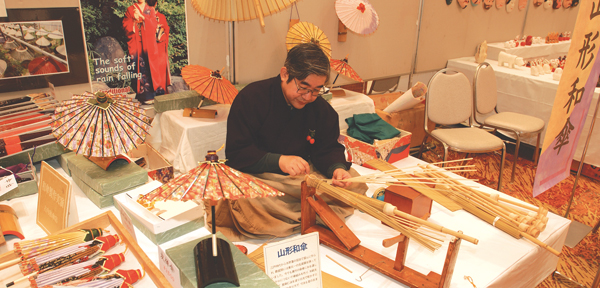

FLOWER HATS
Flower hats (hanagasa) used in hanagasa dancing at the Yamagata Hanagasa Festival are good folk handicraft souvenirs.
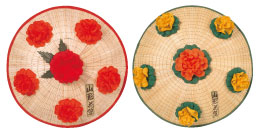
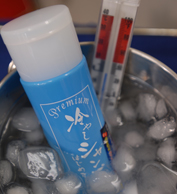
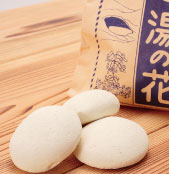
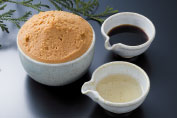
YUBANA
Yubana (flowers of sulfur) are deposited by oxidation when hot spring water comes into contact with air. This is a special 100% natural product of Zao Onsen which you can use to enjoy the hot spring of Zao at home.
Chilled Shampoo
Chilled shampoo, made in Yamagata, cool and refreshing combined with natural menthol, is a shampoo workable only in summer.
FERMENTED SEASONINGS
Miso paste, and soy sauce and vinegar brewed in the natural climate of Yamagata are of high quality and form the base of Yamagata’s culinary culture.


